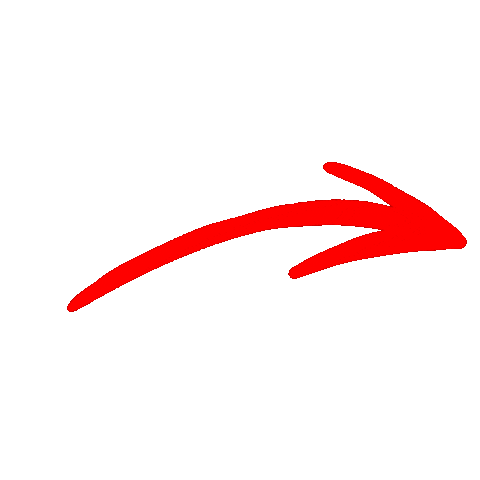Week 3
Class 1: Forces and motion


Welcome to the exciting world of forces and motion!
Have you ever wondered what makes a car speed up,
how a basketball arcs perfectly into the hoop, or why
you don’t float away into space?
Forces and motion are at work all around us, shaping
how things move and interact. In this class, you'll
discover the secrets behind pushes, pulls, gravity, friction,
and more—unlocking the mysteries of how the universe
keeps moving! Get ready to experiment, ask questions, and uncover the science that powers everyday life.
1) Visit the BYJU'S website and answer in your notebook:
a) What is a force?
b) What is the S.I. unit for forces? and the base units?
c) Write 2 effects of a force on an object.
2. Visit the Newpathworksheets and write the types of forces that exist (Read the descriptions, there's no need to write them down, only the names, but make sure you understand what they are)
3. Watch the video from Know atom and answer the questions:
a) What has to happen to cause a stationary
object to start moving?
b) What forces are acting on the bobsleigh
as it moves down the track?
c) How do they get the bobsleigh to stop at the end?
d) Why was the person sore after this trip?
Look at any object that is not moving.
You may think that if an object is not moving, no
forces are acting to push, pull or twist it. This is not
true.
Look at the rock in the picture. The force of gravity
is pulling it toward the centre of the Earth. This force
is called its weight. The rock does not move toward
the centre of the Earth because the ground is pushing
up on the rock. This force is the contact force.
These two forces are balanced. This means the forces
are equal in size and opposite in direction.
There could be more than two forces acting on
the rock.
Imagine the wind is blowing. The wind will push
the rock from one side.
Why does the rock not move sideways? The pushing
force from the wind is balanced by friction between
the rock and the ground.
These forces can be shown in a force diagrams. In a
force diagram, the arrows show the size and direction
of each force. The longer the arrow, the bigger
the force. So, when you draw a force diagram with
balanced forces, make sure the arrows are the same
length and point in opposite directions.
1) Describe what is meant by ‘balanced forces’.
2) A box is on the floor. The box is not moving.
a) Draw a labelled force diagram to show all the forces acting
on the box.
b) Gabi pushes the box sideways. The box does not move.
Draw another labelled force diagram to show all the forces
acting on the box when Gabi is pushing.
3) A tug of war is a game played by two teams of people, each pulling on the same rope. The team that pulls the rope to their side wins. The picture shows a tug of war. The teams in this game are called Team A and Team B.
Both Team A and Team B are pulling on the rope. The rope is not moving.
Use ideas about forces to answer these questions:
a) Explain why the rope is not moving.
b)The rope starts to move towards Team B. Give two changes that could make the rope move towards team B.
4) The diagram shows the forces on an
aeroplane in the air.
a) Explain why this aeroplane is:
* Flying at a constant speed
* Not getting higher or lower.
b) Name the force that should increase to make the aeroplane:
* Go faster
* Go higher or ‘lift’.
c) Name the force that should decrease to make the aeroplane:
* Go lower
* Go faster.
5) The picture shows a toy train moving around a circular track.
The locomotive contains an electric motor that drives the train.
The train moves in a circle at a constant speed.
Give the letter of the arrow that shows the direction of:
a) the driving force of the train
b) the force of friction on the locomotive
c) the force that keeps the train moving in a circle.
6) To find the resultant force, you must take into account the direction of the force. If forces are pointing in the same direction they are added, and if they point at opposite directions the must be substracted:
5N - 3N = 2N The force 5N + 3N = 8N The force
points to the right points to the left
Calculate the resultant force and say in which direction it acts:
a) b)
Self-assessment
Decide how confident you are about each of these statements.
Give yourself 5 if you are very confident and 1 if you are not confident at all:
• I understand what balanced forces are.
• I can draw force diagrams to show balanced forces.
• I can draw force diagrams to show unbalanced forces.
• I can predict some things that can happen when forces are unbalanced.
• I understand that there can be forces acting on an object even when it is not moving.
Want to learn more? Visit this website: BALANCED FORCES EIGHT GRADE




Click here


Class 2: Balanced and Unbalanced forces












